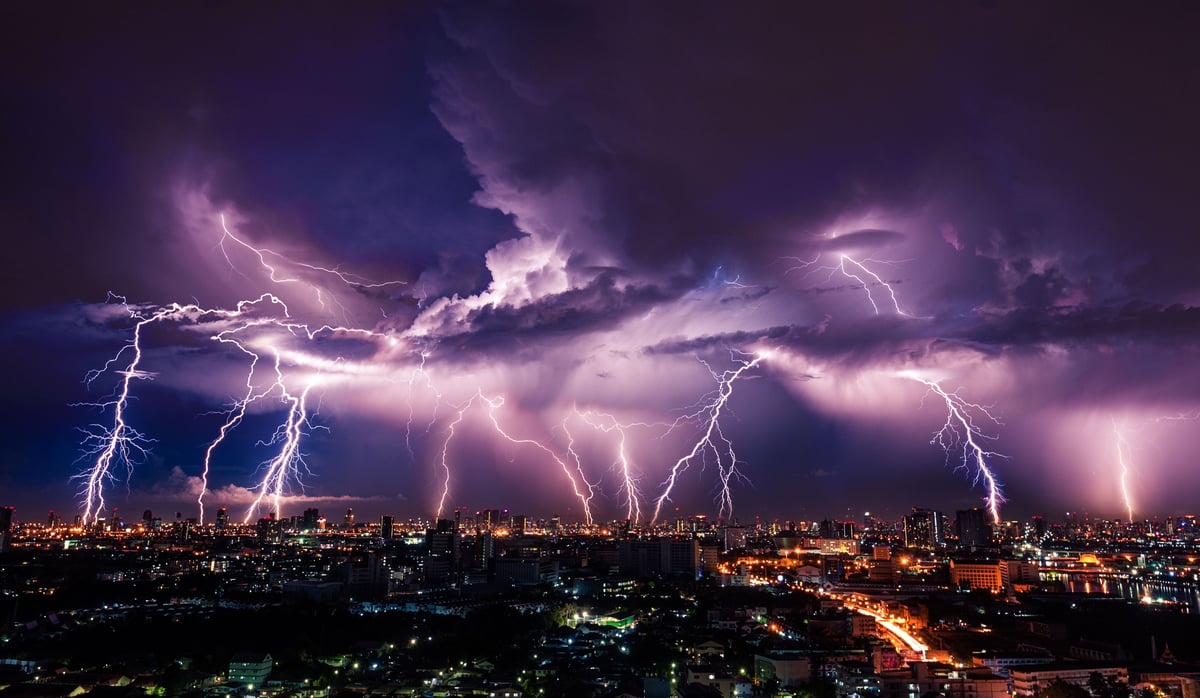
If you are going to look and wander around, you can clearly see that the world is teeming with so many wonderful and incredible acts of nature. And when it comes to acts of nature, you may already have the lightning and thunder on your list. Well, these two natural phenomena, in many instances, often go along together.
The thunder often comes with a booming and reverberating sound while the lightning often occurs with a striking light. These two phenomena are natural occurrences that are commonly seen during a storm. “What are the causes or origins of these two interesting natural phenomena?” You might have asked this question to yourself many times already and for sure, you are very eager to know the answers this time. Now, you will learn how the rumbling sounds of thunder and the striking lights of lightning are formed.
What is lightning?
When bright and beaming flashes of electricity or light are formed during a storm or thunderstorm, what you are seeing is lightning. Lightning is formed when protons tend to build up in the clouds, attracting oppositely charged protons in the process. When negatively charged particles in the clouds attract with the positively charged particles on the ground, lightning comes upon in the process.
This kind of occurrence is often likened or compared to a situation when you experience a shock caused by static force or energy. Thus, lightning is known as the result of electrical surge that’s created between the earth and the clouds.
What is thunder?
When lightning bolt takes place, thunder is produced. These sounds are often heard in a rumbling manner, and they are usually formed due to the lightning’s vibrations. When charge takes place, it vibrates the particles while moving. And since lightning is a large form of energy discharge, the vibrations that are created are often massive.
Lightning often comes with bolts which are also known to be extremely hot. Because of the immediate release of heat, air particles tend to expand, creating additional force in the process. The vibrations created by the lightning travel to the ears as sound waves. The ear receives these vibrations as a rumbling sound.
There are times when you hear a cracking sound or a whipping noise. This is due to the fact that you are actually near the spot where the lightning occurs. The crisp sound that we hear when near a lightning strike is due to the undistorted vibrations made by the lightning. This means that the vibrations have not been bounced off yet by any surrounding objects.
Why don’t thunder and lightning happen at the same time?
You may often experience seeing lightning first before hearing the thunder. Explained by science, light waves are known to travel faster than sound waves. Because of this, it is commonly observed that lightning often happens first before the rumbling sounds.
What ae the places which are frequented by lightning and thunder?
Places that are near or within the equatorial line are known to be the haven of lightning and thunder. Places that are humid and hot are susceptible to these natural occurrences. And since the equator is known as the most static region on the face of the planet, it is here where spectacular and out-of-this-world lightning shows can be seen.
Of the many countries and nations found in the equatorial region, DR Congo, a country in Central Africa was tagged as the world’s thunderstorm capital. Kifuka’s mountain village is a place in DR Congo where you can see about 158 lightning flares per square kilometer annually. Other parts of the world which are frequented by lightning and thunder include India and Venezuela especially during their monsoon period.






